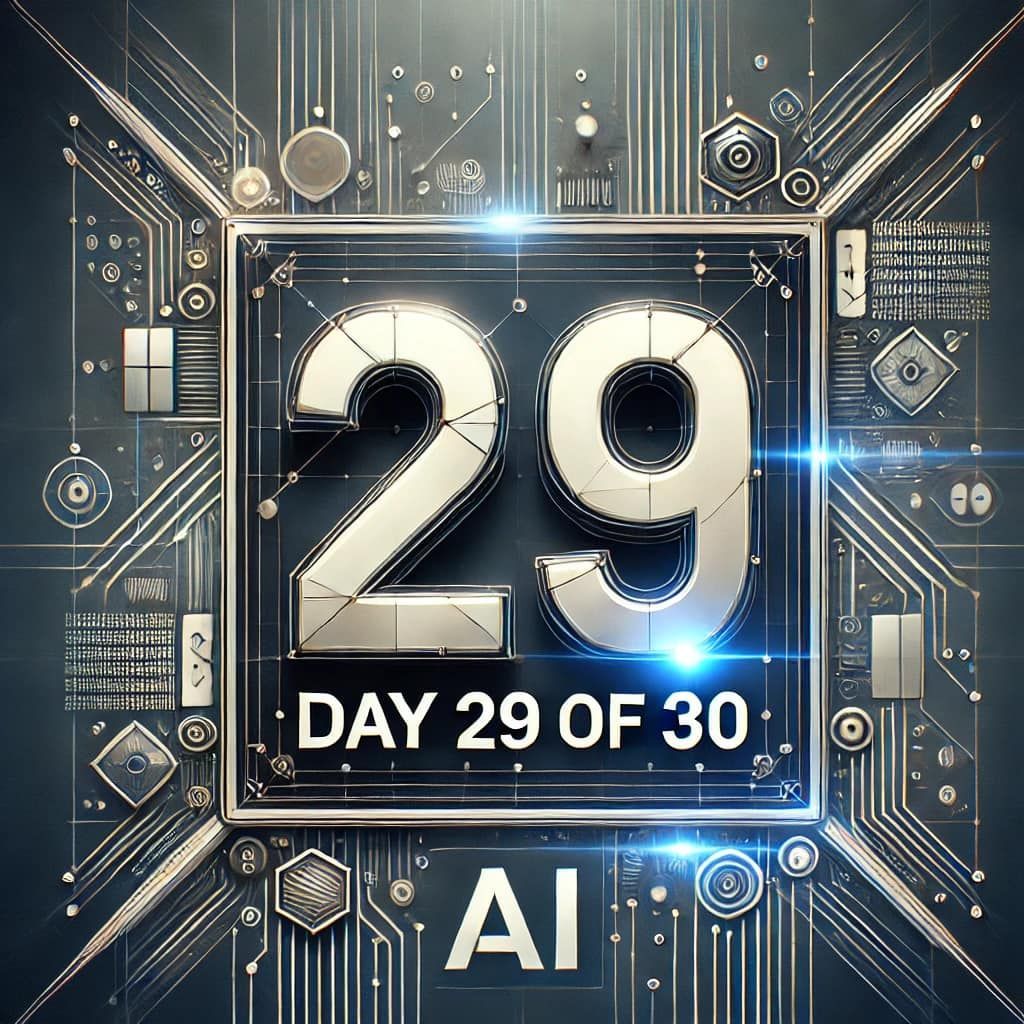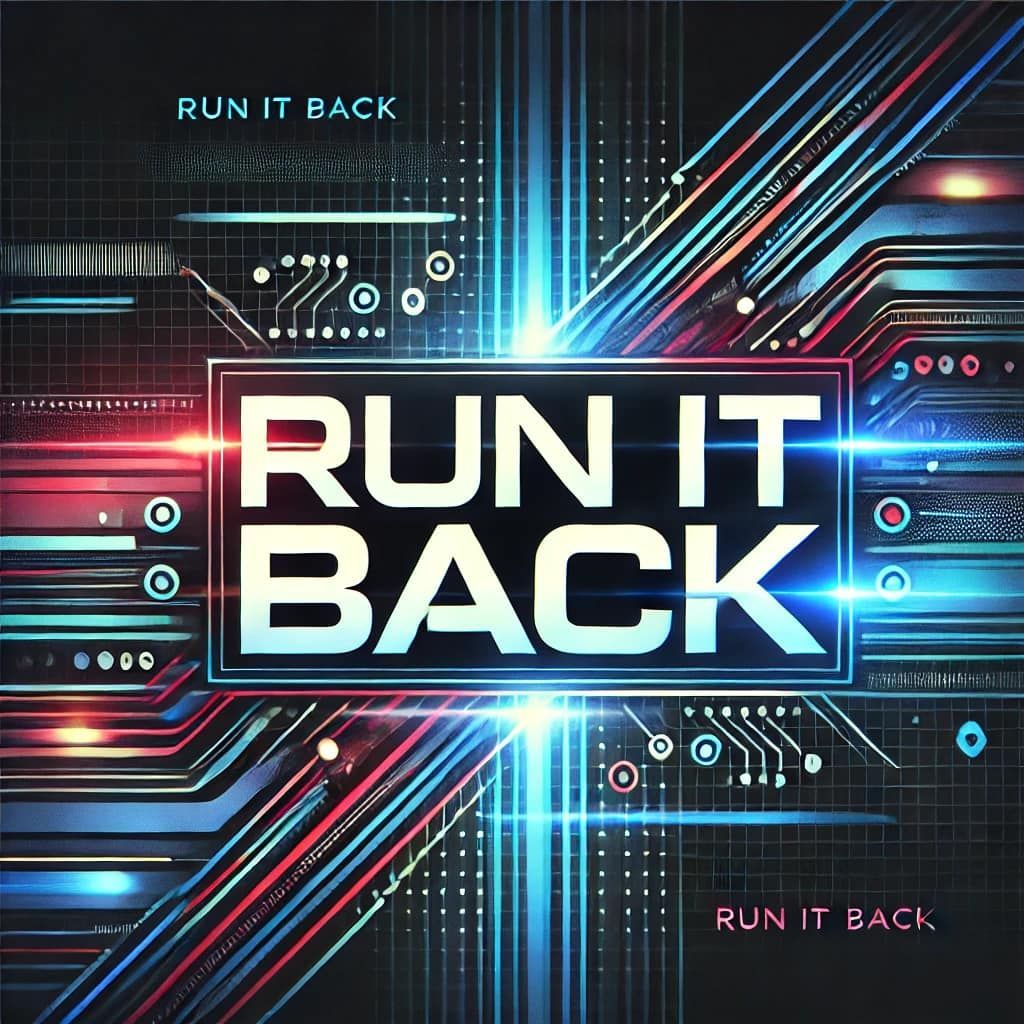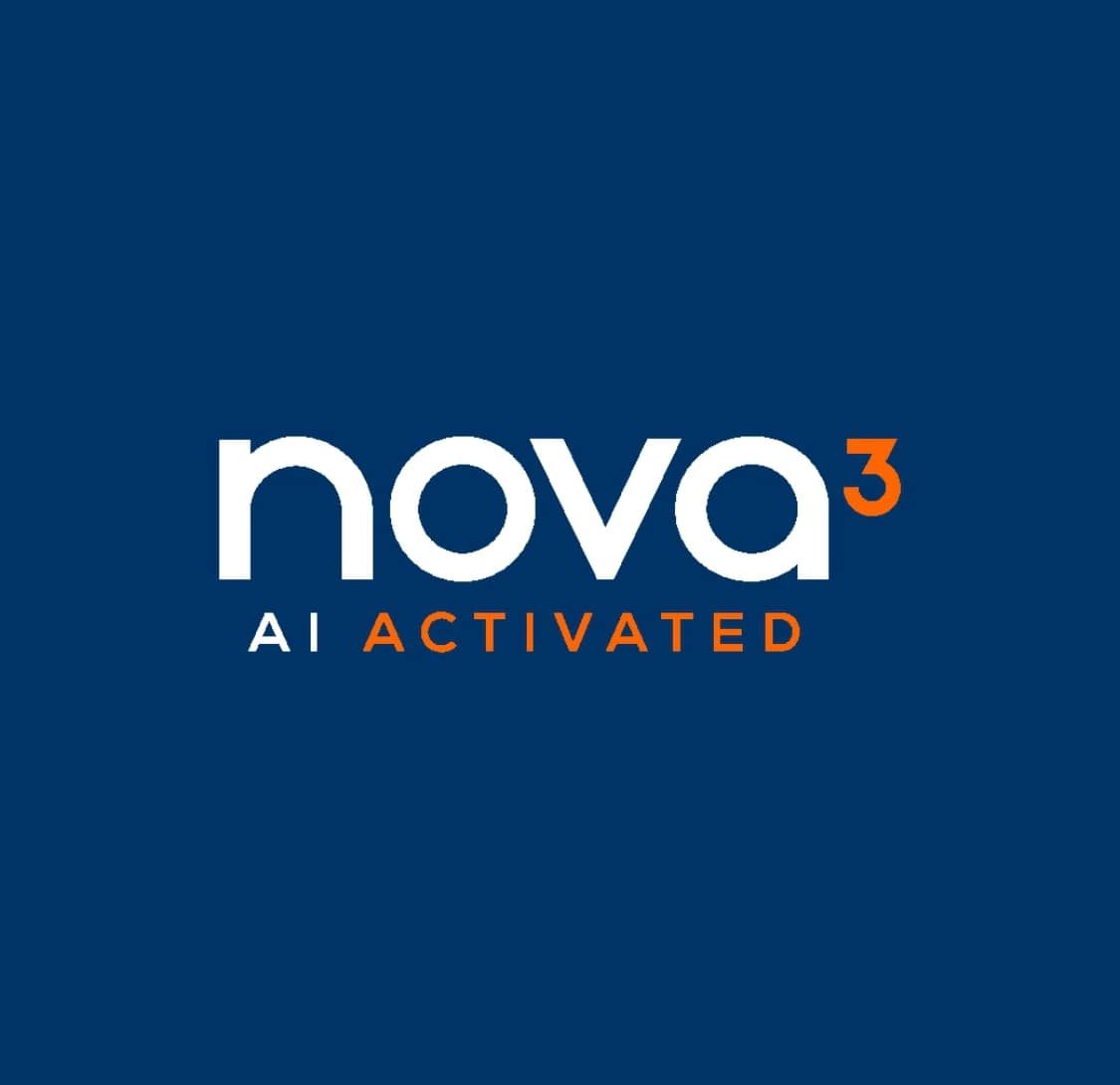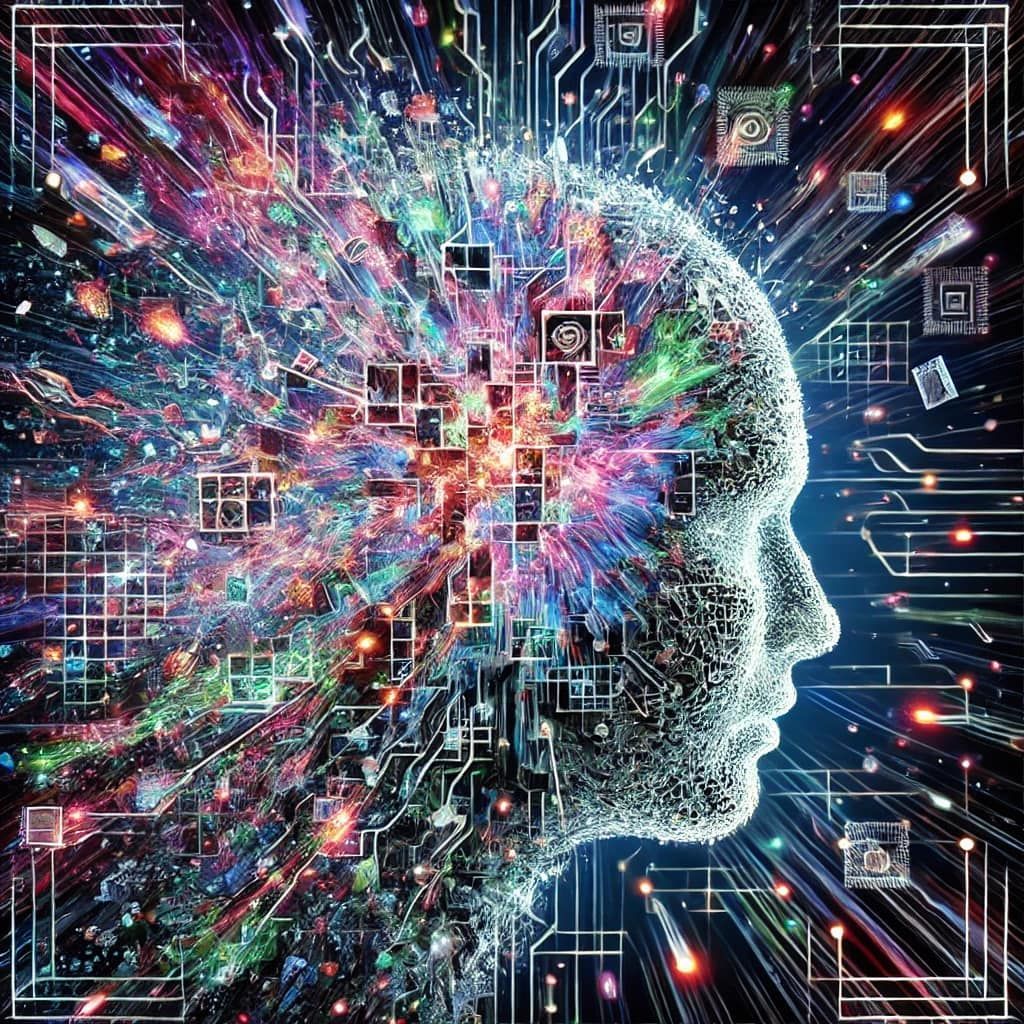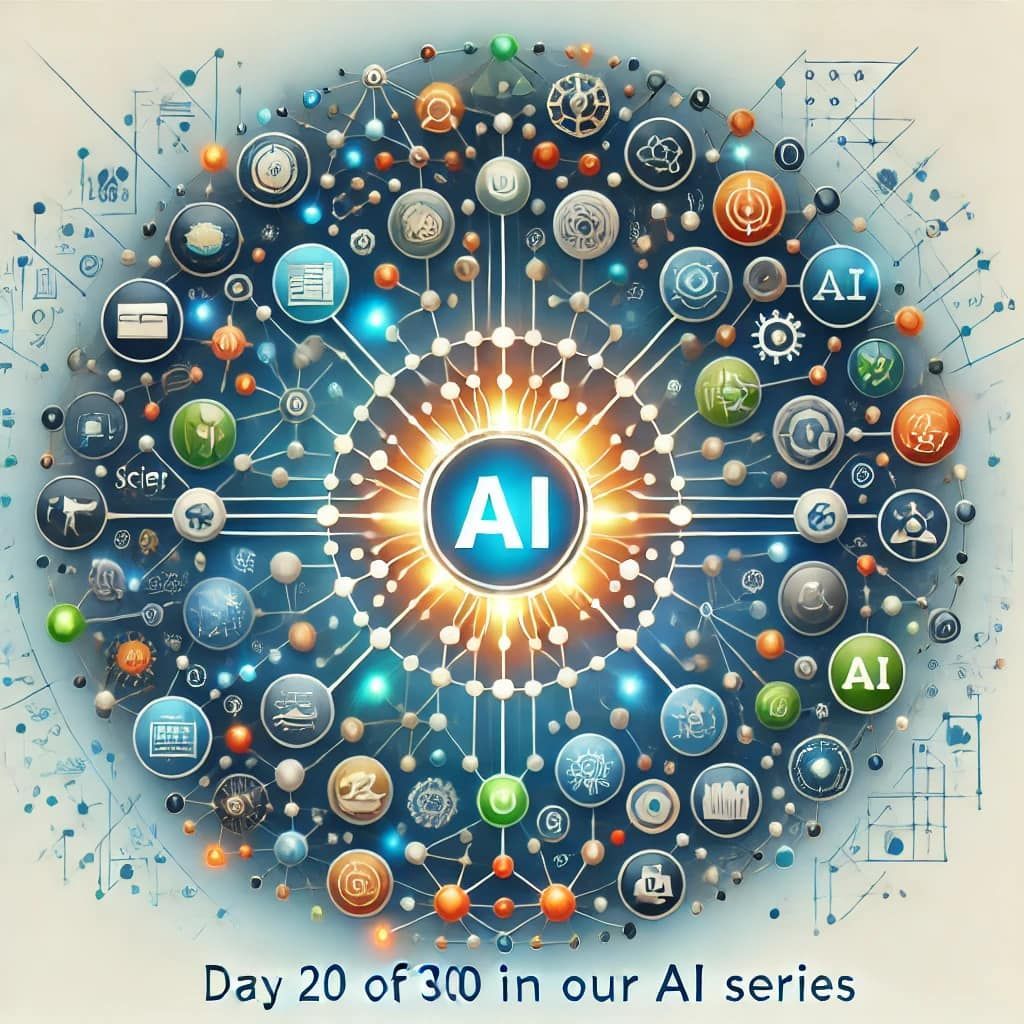30 Days of AI | DAY 24
Introducing you to the EASE Framework
Yesterday, we introduced the concept of cognitive demand—how the mental effort required to adopt and integrate AI can be a barrier to success. But we also shared that by recognizing this challenge, we can turn it into an opportunity.
Welcome to Day 24 of 30 in our AI Series.
Today, we’re taking it a step further by introducing you to the EASE Framework—a structured, practical approach to managing cognitive demand and activating AI within your workflow.
What makes this even more compelling is that we’re not just talking theory.
We’ll show you how to apply this framework in a very real, very meta way by using our Tangled Methodology—a strategic approach where we use two different AI models (ChatGPT and Claude) to optimize workflows, reduce cognitive demand, and produce high-quality outputs.
Before diving into the tactical application, let’s recap what the EASE Framework is all about:
Engage: Start with manageable, low-barrier tasks to introduce AI in a way that feels accessible and intuitive.
Activate: Transition from engagement to action, demonstrating how AI can handle real-world tasks, providing immediate value.
Simplify: Refine and optimize AI use, ensuring that it reduces complexity rather than adding to it.
Empower: Equip users with the skills and confidence to take full ownership of their AI tools, fostering long-term success and self-sufficiency.
The EASE Framework is designed to guide you from the initial interaction with AI to full adoption and mastery, all while minimizing cognitive demand.
Now, let’s see it in action.
Tangled Methodology: The Intersection of Two AI Models
One of the most effective ways we’ve found to manage cognitive demand and optimize AI use is through what we call the Tangled Methodology.
This approach involves doing the heavy lifting in one AI model (ChatGPT) and then transitioning the project to another model (Claude) for completion. This method takes advantage of the unique strengths of each platform while minimizing the mental effort required to manage complex tasks.
Here’s how it works:
Heavy Lifting in ChatGPT:
Custom GPTs: We start by using custom GPTs in ChatGPT, where we’ve controlled the persona and knowledge documents to fit the specific needs of the project. This allows us to handle the bulk of the project’s ideation, planning, and content creation within a familiar and highly personalized environment.
Iterative Processes: During this phase, we perform iterative processes—such as developing content, building frameworks, and generating insights—taking full advantage of ChatGPT’s conversational and generative capabilities.
Transition to Claude for Completion:
Projects and Artifacts Windows: Once the heavy lifting is done, we transition the project into Claude’s Projects and Artifacts windows. This is where the cognitive demand starts to ease significantly. Claude’s split-screen view and artifact management allow us to review, refine, and finalize the project in a more organized and mentally manageable way.
Context Retention: Claude’s ability to maintain context across large documents and complex projects is critical here. It reduces the cognitive demand by keeping all relevant information accessible and well-organized, allowing us to focus on refining the output rather than managing the details.
The Meta Example: How EASE Came to Be
This entire framework—the EASE Framework—was born out of my personal journey with these AI tools.
Through trial and error, I discovered that by using ChatGPT for the initial stages of a project and then switching to Claude for completion, I could reduce the cognitive demand that was often overwhelming when working in just one tool.
Artifacts and Cognitive Demand: The Artifacts window in Claude became a go to for me.
It allowed me to break down projects into manageable pieces, track progress, and ensure that I wasn’t missing critical details—all without the mental fatigue that often comes with managing large projects in a single-threaded environment.
Why Claude Completes: Claude is particularly powerful for the completion phase because it allows for greater flexibility and control over large amounts of information.
The Projects window keeps everything structured, while the Artifacts window lets me drill down into specific elements of the project without losing sight of the bigger picture.
EASE in Action: Your Guide to Reducing Cognitive Demand
Now that you understand the framework and the Tangled Methodology, here’s how you can apply it:
Engage with AI Tools: Start small. Pick a simple task that AI can help you with—like drafting an email or summarizing a report. Use ChatGPT to explore different approaches and ideas.
Activate AI for Real-World Tasks: Once you’re comfortable, move on to more complex tasks. Maybe it’s automating a report or developing a content strategy. Here’s where you start to see the real value.
Simplify Your Workflow with Claude: As the project grows, transition it into Claude using Word docs or simple copy/paste. Use the Artifacts and Projects windows to organize your work, refine outputs, and ensure that everything stays on track without overwhelming yourself.
Empower Yourself for Long-Term Success: With these tools and methodologies in place, you’ll find that AI becomes less of a challenge and more of an asset. You’re now equipped to take full control of your AI-powered projects, reduce cognitive demand, and operate at a higher level of efficiency.
The EASE Framework is more than just a guide—it’s a practical, powerful approach to making AI a seamless part of your work and life. By using the Tangled Methodology, you can leverage the strengths of both ChatGPT and Claude to reduce cognitive demand and produce exceptional results.
This is the same journey I’ve been on, and I’m excited to share it with you. It’s about more than just getting things done—it’s about transforming how you work, think, and create.
I encourage you to try these techniques, see how they can ease your cognitive demand, and watch as AI becomes a natural, powerful extension of your capabilities.
Ready to Start Your AI Journey?
© Copyright Nova3. All Rights Reserved

